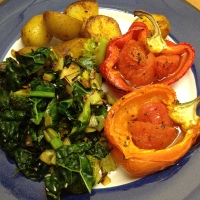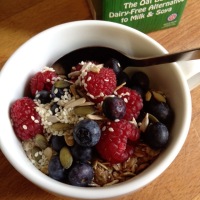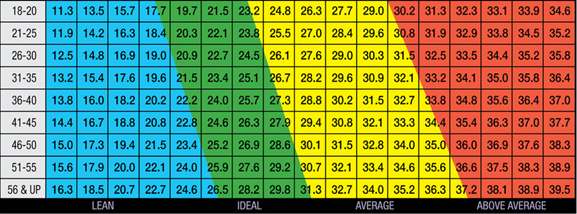“To put our results into perspective, the levels of driver errors we found are of a similar magnitude to those found in people with a blood alcohol content of 0.08%, the current UK legal driving limit. In other words drivers who are not properly hydrated make the same number of errors as people who are over the drink drive limit.”
Dehydration can also result in impaired mental functioning, changes in mood, and reductions in concentration, alertness and short-term memory, say the researchers who carried out the first study into dehydration, driving errors and accident risk.
In the study, published in the journal Physiology and Behavior, the researchers carried out a range of tests over two days on male drivers using a laboratory-based driving simulator.
Each volunteer visited the laboratory on three separate occasions and used the simulator on one day while normally hydrated and on a dry day.
The simulated driving task included a two hour continuous monotonous drive on a dual carriageway, with bends, a hard shoulder and simulated auditory ‘rumble strips’, and slow moving vehicles which had to be overtaken.
On one day, the men were provided with 200ml of fluid every hour, and on the dehydration test day, only 25 ml an hour.
Drivers errors, including lane drifting, late braking, and touching or crossing the rumble strip or lane line, were calculated for each condition and compared.
Results show that there was a big increase in driving errors.
During the normal hydration test there were 47 driving incidents, but when the men were dehydrated, the number rose to 101.
The error rate also increased during the two hour period, peaking in the last quarter.
“The results of this initial exploratory study suggest that mild dehydration resulted in a significant increase in minor driving errors during a prolonged, monotonous drive, compared to that seen while performing the same task in a hydrated condition,” according to the researchers.
“The level of dehydration induced in the present study was mild and could easily be reproduced by individuals with limited access to fluid over the course of a busy working day.”
The researchers, who say that driver errors account for 68 per cent of all vehicle crashes in the UK, say mild dehydration can produce negative changes in mood and reductions in concentration, alertness and short-term memory,as well as headache and fatigue.
They found that a two per cent drop in weight due to insufficient hydration can impair mental functioning and the researchers say these changes in mood and cognition help to explain the drop in performance they found.
The researchers also warned that driving in a hot car may lead to significant losses of water over the course of a long journey, and that the the effects may be exacerbated by drivers who deliberately restrict drinking to avoid toilet stops on long journeys.













